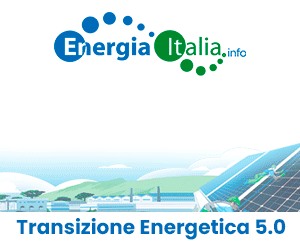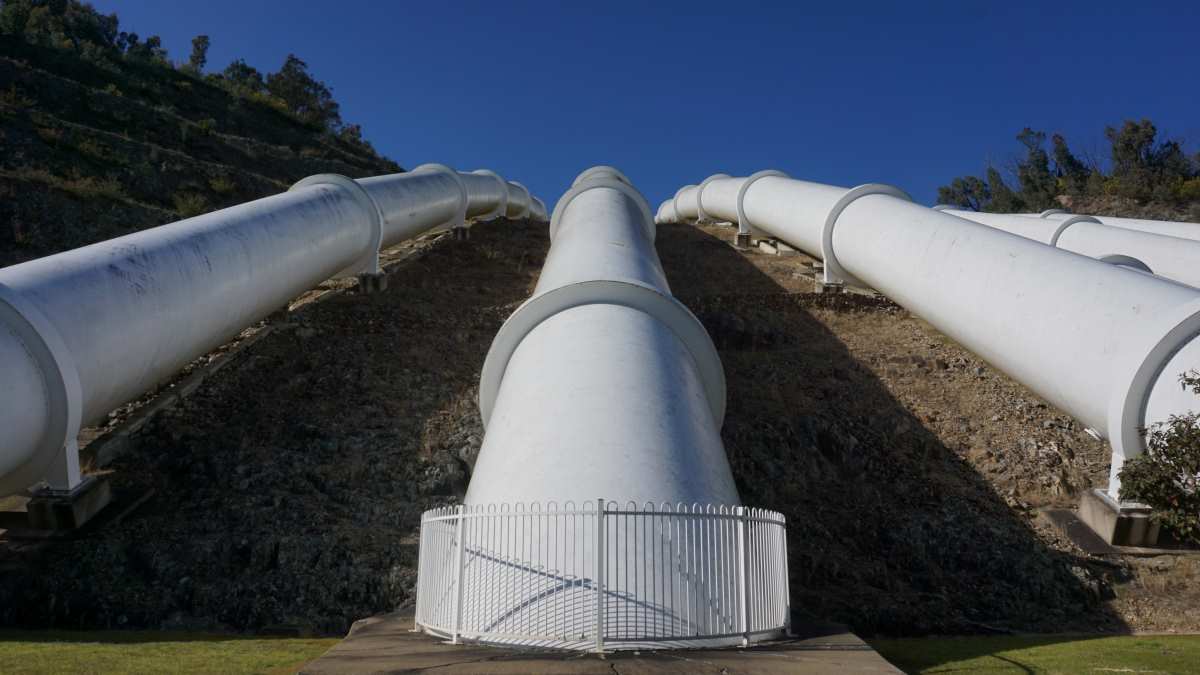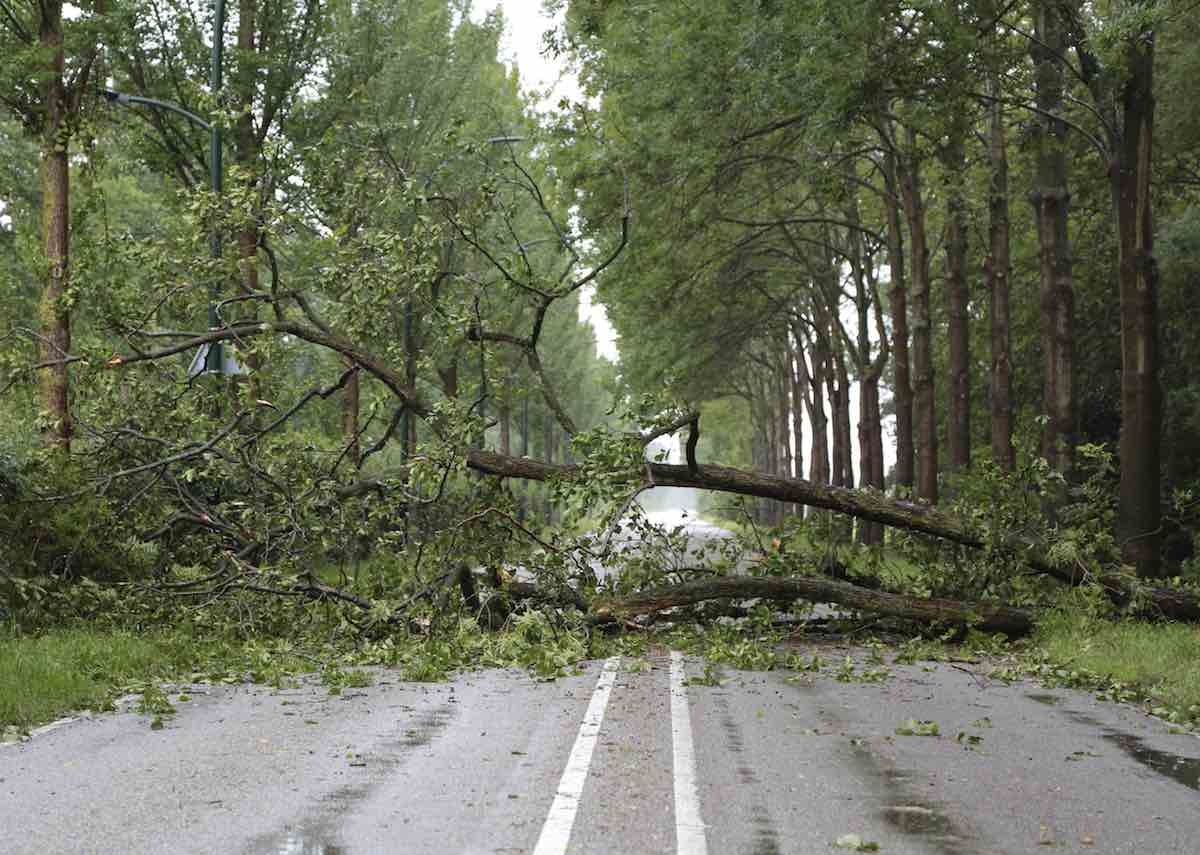In order to limit global temperature rise to 2°C and head off the worst impacts of climate change, global carbon neutrality should be attained by mid-to-late century. This would also keep in check the maximum amount of carbon dioxide (CO2) that can be emitted into the atmosphere while staying within safe temperature limits beyond 2020, says a new report by the UN Environment Programme (UNEP).
Exceeding an estimated budget of just 1,000 gigatonnes of carbon dioxide (Gt CO2) would increase the risk of severe, pervasive, and in some cases irreversible climate change impacts.
Released days ahead of the UN Conference on Climate Change in Lima, Peru, UNEP’s Emissions Gap Report 2014 is the fifth in a series that examines whether the pledges made by countries are on track to meet the internationally agreed under 2°C target. It is produced by 38 leading scientists from 22 research groups across 14 countries.
Building on the findings of the Fifth Assessment Report by the International Panel on Climate Change (IPCC), UNEP’s Emissions Gap Report shows the global emission guardrails that would give a likely chance of staying within the 2°C limit, including a peaking of emissions within the next ten years, a halving of all greenhouse gas emissions by mid-century; and in the second half of the century, carbon neutrality followed by net zero total greenhouse gas emissions.
“An increase in global temperature is proportional to the build-up of long-lasting greenhouse gases in the atmosphere, especially CO2. Taking more action now reduces the need for more extreme action later to stay within safe emission limits,” said Achim Steiner, UN Under-Secretary-General and Executive Director of UNEP.
To avoid exceeding the budget, global carbon neutrality should be reached between 2055 and 2070, meaning that annual anthropogenic CO2 emissions should hit net zero by then on the global scale. Net zero implies that some remaining CO2 emissions could be compensated by the same amount of carbon dioxide uptake, or ‘negative’ emissions, so long as the net input to the atmosphere due to human activity is zero, the report finds.
Taking into account non-CO2 greenhouse gases, including methane, nitrous oxide and hydrofluorocarbons, total global greenhouse gas emissions need to shrink to net zero between 2080 and 2100.
Since 1990, global greenhouse gas emissions have grown by more than 45 per cent. To have a likely chance of staying below the 2°C limit, global greenhouse gas emissions should drop by about 15 per cent or more by 2030 compared to 2010, and be at least 50 per cent lower by 2050 on the way to net zero.
The 2014 Emissions Gap Report defines the emissions gap as the difference between emission levels in 2025 and 2030 consistent with meeting climate targets versus the levels expected if country pledges are met.
Scientists estimate the gap in 2020 at up to 10 Gt CO2e and in 2030 at up to 17 Gt CO2e. Relative to business-as-usual emissions in 2030 (68 Gt CO2e), the gap is even bigger at 26 Gt CO2e.
Despite the fact that the gap is not getting smaller, the report estimates that it could be bridged if available global emissions reductions are fully exploited: The potential for emission reductions in 2030 (relative to business-as-usual emissions) is estimated to be 29 Gt CO2e.
The Cost of Delayed Action
Postponing rigorous action until 2020 will provide savings on mitigation costs in the near-term but will bring much higher costs later on in terms of:
•Higher rates of global emission reductions in the medium-term;
•Lock-in of carbon-intensive infrastructure;
•Dependence on using all available mitigation technologies in the medium-term;
•Greater costs of mitigation in the medium- and long-term, and greater risks of economic disruption;
•Reliance on negative emissions; and
•Greater risks of failing to meet the 2°C target, which would lead to substantially higher adaptation challenges and costs.
Energy Efficiency and the Post-2015 Development Agenda
Not only does energy efficiency reduce or avoid greenhouse emissions, but it can also increase productivity and sustainability through the delivery of energy savings, and support social development by increasing employment and energy security.
For example:
It is estimated that between 2015 and 2030, energy efficiency improvements worldwide could avoid at least 2.5–3.3 Gt CO2e annually.
The International Energy Agency reports that end-use fuel and electricity efficiency could save 6.8 Gt CO2e, and power generation efficiency and fossil fuel switching could save another 0.3 Gt CO2e by 2030.
Emissions Gap Report 2014 Executive Summary (pdf)
Emissions Gap Report 2014 (pdf)
Emissions Gap Website
































